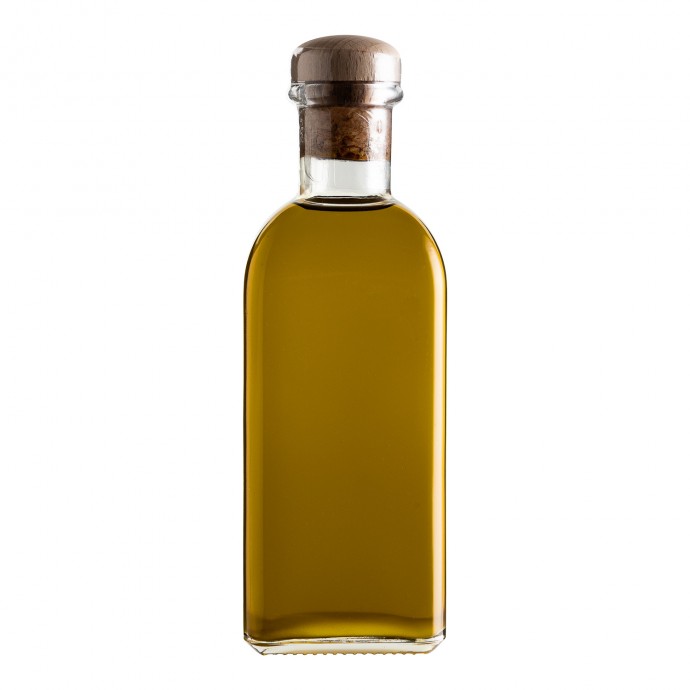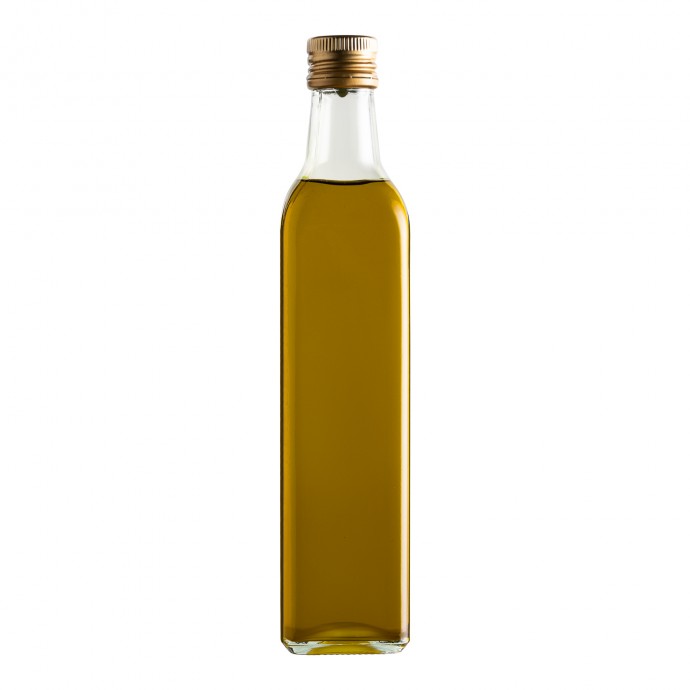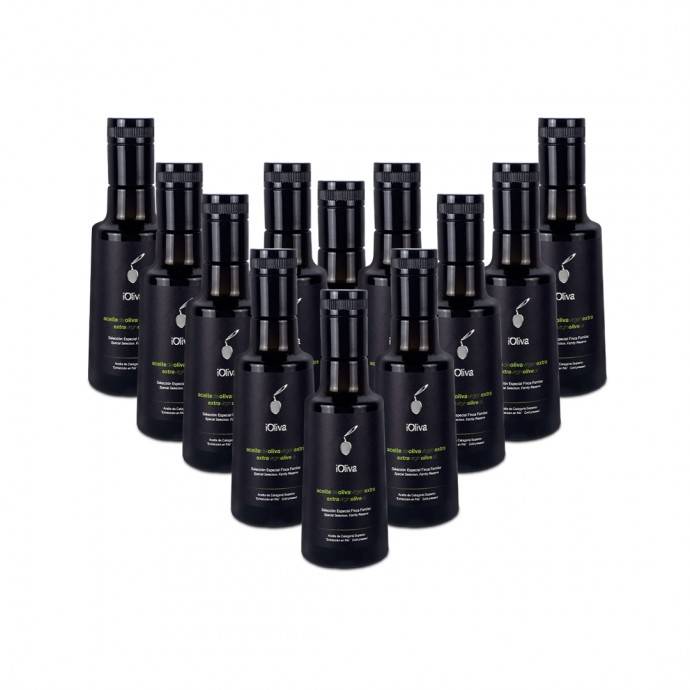
The alperujo: much more than a residue
The oil extraction process, like any manufacturing process, produces waste and by-products. The main waste produced by the production of olive oil is the alperujo, the management of this waste is of utmost importance due to its high environmental impact. In this blog we tell you what it is, what it is composed of and what it can be used for.

What is alperujo
The alperujo is a by-product of olive oil production obtained during the olive centrifugation process in the olive mill, which presents great problems due to its high phytotoxicity and must therefore be properly managed.
It is composed of the olive residues left after milling, stone and mainly water, i.e., everything that remains after milling once the olive oil has been extracted.
The olive pomace mills are in charge of revaluing this by-product, from which they obtain pomace oil, biomass, olive pits and pomace, thus contributing to the circular economy of the oil.
It is clear that the processing of olive pomace is an important link in the value chain of the olive oil sector, as it allows the valorization of the by-products of the process, which currently represents a cost for the mills and a detriment to the environment.
Chemical composition
Its composition comes from parts of the olive, but also with the remains of the olive oil. It has a more solid part, which is the pomace, and a more liquid part, which is the alpechín. Among its properties, it has a high water content of 56%. In addition, it has a pH of 5.4 and acid. Organic matter is also a protagonist since it rises with 91%. It also has a significant amount of residual oil that will later be extracted for refining.
Treatment and management of alperujo
As we have mentioned before, it is very important to manage this waste in a correct way, otherwise it can cause serious soil and water contamination.
The first step is to transport the mass from the oil mills to the pomace plants, the people in charge of this process are large trucks prepared for this purpose.
Once the mass is in the pomace plant, the first thing to do is to dry it. For the drying of the alperujo, first it is accumulated in open-air ponds to eliminate part of the humidity by natural evaporation and then the drying process is completed in a hot air dryer.
Once the drying process is completed, which considerably reduces the moisture content, the residual oil is extracted. This step is fundamental, since the alperujo still contains a small amount of oil, which can be recovered through an extraction process.
After oil extraction, the olive pits are also extracted and used as fuel.
What remains of the alperujo is a mixture of solid residue and a small amount of organic matter. This dry solid residue, known as orujillo, has a low moisture content and a high calorific value, which makes it an excellent energy resource.
Uses and applications
Once the alperujo is processed, it has numerous uses and applications:
- Pomace oil: alperujo has a small percentage of oil, no more than 2% since in the oil mills the double extraction method is used, whereby, the milled mass is centrifuged twice.
This oil extracted from the alperujo is an oil that must be refined before it can be consumed. Since its acidity is very high and its organoleptic qualities are not at all pleasant. It goes through a process in which chemical procedures are used to remove impurities and turbidity, neutralize acidity and decolorize it. Finally, it is mixed with a small percentage of extra virgin olive oil and marketed as olive pomace oil.
- Olive pit waste: Olive pits are composed mainly of cellulose and a small amount of oils. Thanks to these characteristics, olive pits are highly usable, as they have a high energy value, a resistant structure and chemical properties that make them suitable for various industries. One of their most common uses is as a source of biomass. Due to their high calorific value, they are used in boiler and stove systems, generating heat and energy in a cleaner and renewable way.
- Orujillo: After separating the oil and the olive pit from the mixture, a last residue called orujillo remains. The most common and widespread use of orujillo is as biomass for the generation of thermal and electrical energy. Due to its low moisture content and high calorific value, orujillo is an ideal renewable fuel source for use in industrial boilers.
















